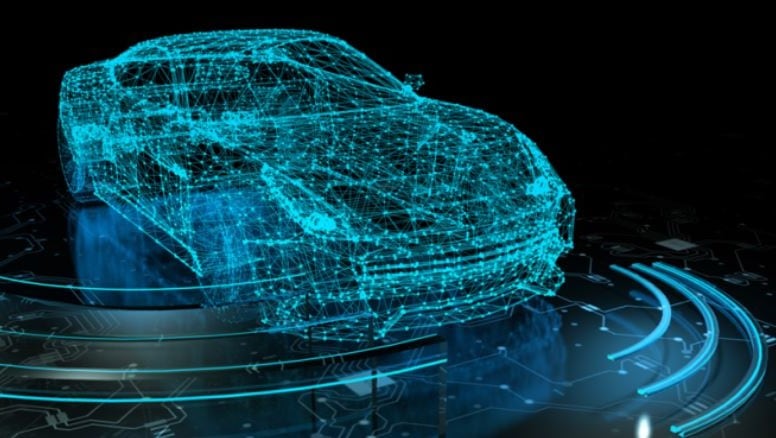To address cost challenges in the development of sensors and camera mounts for the electric car industry, manufacturers have started to incorporate PBT
Electric vehicles are an increasingly strong bet for the sustainable market, and in the face of growing demand, PBT and PPS sensors for autonomous driving could revolutionize the market with their improved features.
Faced with this scenario, the Japanese supplier of Polyplastics materials, presented the Duranez line of Polybutylene Terephthalate (PBT) and Durafide Polyphenylene Sulfide (PPS), intended for the manufacture of sensors in radar systems and camera supports.
The new materials, the company claims, hold great promise for offering low strain, dimensional stability, and low dielectric constant.
High quality materials for radars
In the case of radar housings, manufacturers look for materials with a low dielectric constant, stable radio wave transmissibility, and low water absorption. For this reason, the market has been employing Syndotactic Polystyrene (SPS) and Polyetherimide (PEI) for dielectric properties and PPS for low water absorption and chemical resistance. However, to meet cost challenges, manufacturers have started incorporating PBT into their designs.
Polyplastics reports that water absorption has little effect on Durafide PPS 1140A6, but some impact on Duranex PBT 330HR. As a result, the firm is working on developing new grades of PBT with improved low dielectric and low water absorption properties.
For the radar support itself, electromagnetic wave shielding properties are needed to protect against unnecessary reflected waves. Polyplastics’ electrically conductive grades, Duracon POM CH-10 and EB-10, and Duranex PBT 7300E, are being actively considered as new PBT grades with stronger electromagnetic wave shielding properties are being developed.
For automotive-mounted sensor camera mounts, low-strain, high-rigidity materials such as Duranex PBT 733LD and 7407 are generally preferred. The company has also developed matte technology that uses laser treatment to reduce noise (stray light). Laser treatment results in favorable levels of brightness and blackness. Polyplastics will continue to explore long-term durability and different process conditions to reduce treatment time.

